
© Theo Kossenas Media 4 Artists. (Click image for larger version)
The Washington Ballet
Russian Masters: Les Sylphides, Act II Pas De Deux from Le Corsaire, Bolero, Prodigal Son
★★★★✰
Washington, Kennedy Center Eisenhower Theater
5 October 2017
www.washingtonballet.org
www.kennedy-center.org
The Washington Ballet opened its season at the Kennedy Center Eisenhower Theater with a new program titled “Russian Masters,” featuring works by Michel Fokine, George Balanchine, Alexei Ratmansky and Marius Petipa. It was a pleasure to see this company in such a smart and wide-ranging program. It was even more rewarding to see the Washington Ballet dancers masterly navigating the numerous challenges in all four works and closely adhering to the styles and technical demands of the choreographers who, as Julie Kent put it in her pre-curtain remarks, “shaped and influenced our art form for over 150 years.”
A nocturnal poem in motion, Fokine’s Les Sylphides looked particularly lovely. The ballet’s mystery and lyricism, as well as its dream-like atmosphere were expressively conveyed in the polished and nuanced performance of the Washington dancers.
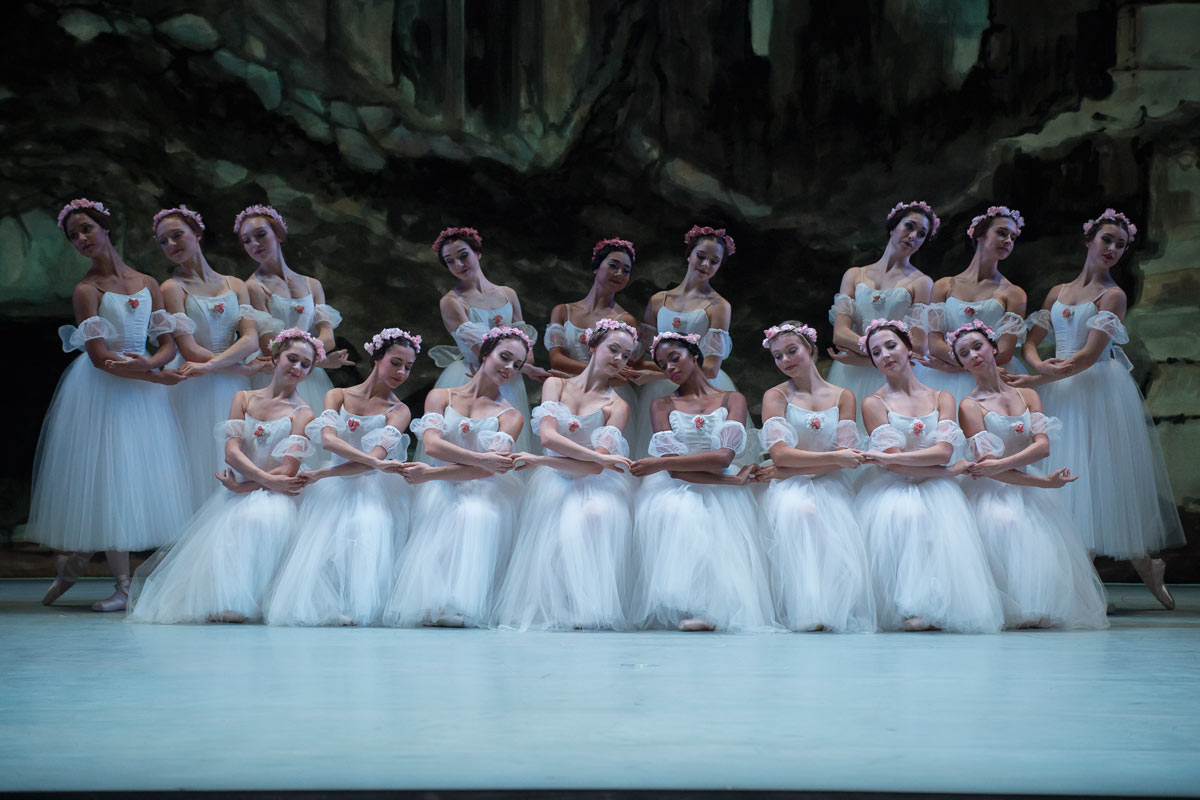
© Theo Kossenas Media 4 Artists. (Click image for larger version)
This is Fokine’s most famous and enduring creation – a spectacular homage to the glorious era and traditions of Romantic ballet. Inspired by the music of Chopin, the piece was created in 1908 for the choreographer’s alma mater, St. Petersburg’s Mariinsky Ballet, and premiered under the title of Chopiniana. A year later, Russian impresario Sergei Diaghilev presented this work during the first season of the Ballets Russes in Paris, subsequently renaming it to Les Sylphides.
From the ballet’s opening tableau, depicting a picturesque formation of ballerinas in long white tulle dresses and a lone male dancer (known as the poet) to the string of enchanting dance-miniatures that follow – nocturnes, waltzes, preludes, mazurkas – Les Sylphides transports the audience to a kind of balletic heaven.
On opening night, the excellent leads – Venus Villa, Rolando Sarabia, Ayano Kimura and Tamako Miyazaki – set the tone to the entire performance. Petite and supple, Miyazaki danced her solo in the first waltz with appealing delicacy and soft phrasing. Sarabia was all devotion and enigmatic charm in the role of the introspective Poet, a young man, who, in his dreams, conjured this idyllic paradise populated by ethereal sylphs. He aptly partnered Venus Villa (his real-life wife) in the evocative Pas de Deux, which in their rendition looked more like a love duet than a mere abstraction. Villa, in turn, was tenderly graceful in Prelude; and the lively Kimura gave a finely detailed and thoroughly musical performance in Mazurka.

© Theo Kossenas Media 4 Artists. (Click image for larger version)
The second part of the evening opened with a bravura showpiece – the pas de deux from Act II of Petipa’s Le Corsaire. Brooklyn Mack and EunWon Lee pulled out all the stops to bring the house down. At the end of their performance the audience literally went wild, expressing their appreciation and excitement with screams, whistles and a standing ovation.
A prodigious jumper and all-around virtuoso, Mack was at its most explosive and exhilarating. To watch him dance was to experience all the power and beauty of world-class male bravura dancing. Yet he wasn’t just all leaps and spins. But Mack also demonstrated his dramatic side, always staying in character, with his movements showing a new, expressive, force. The effervescent Lee matched his artistic brilliance – her dancing was nicely articulated and precise and her thunderous turns looked downright thrilling.
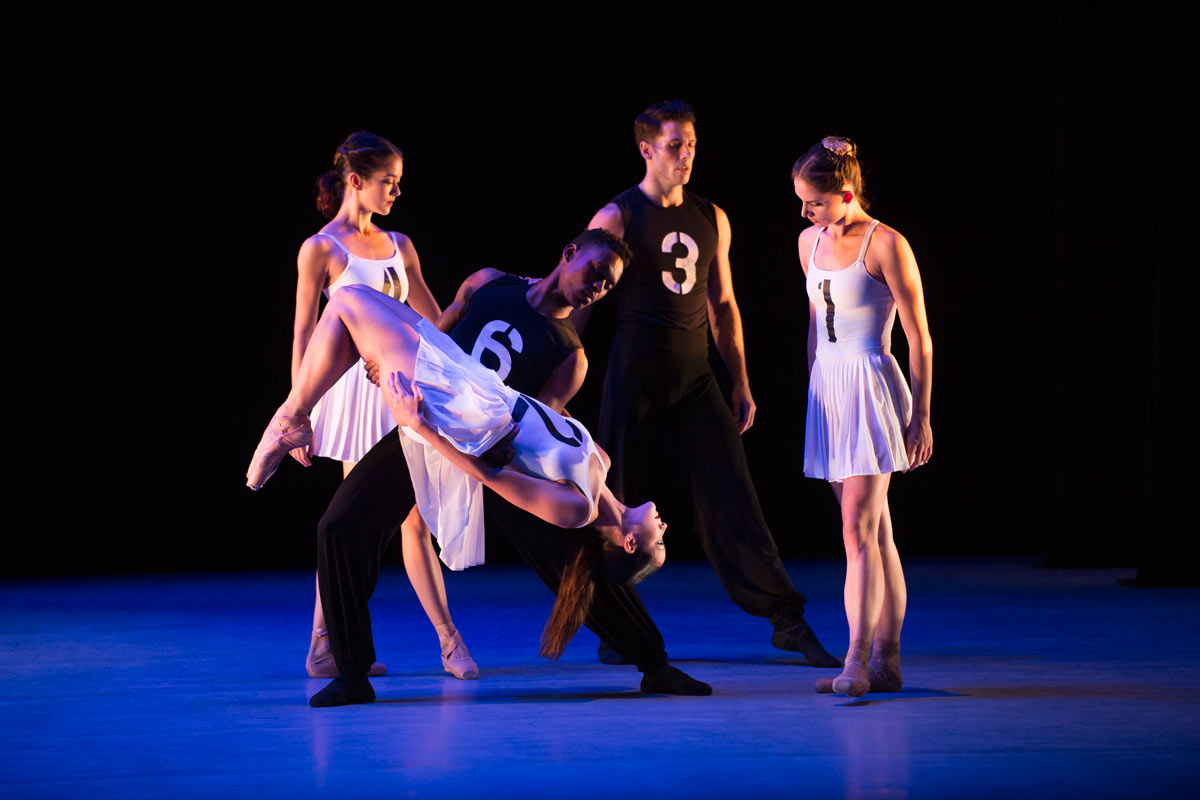
© Theo Kossenas Media 4 Artists. (Click image for larger version)
Bolero (2001) is the second work by Alexei Ratmansky entering the repertory of the Washington Ballet, the first being his Seven Sonatas, which the company danced with soulful abandon last season.
Set to Ravel’s indestructible, perpetual-motion score, Ratmansky’s Bolero puts an emphasis on athleticism, playful wit, and choreographic invention, juxtaposing the music’s monotonous drone with a seemingly endless variety of movement and choreographic geometry. The ballet offers a kaleidoscope of styles and moods: here the classical steps mingle with loose-limbed gestures; and the choreography’s wry humor goes hand in hand with its precise, no-nonsense footwork.
Bolero invites onstage six dancers (three women and three men) in white sporty costumes, each bearing a number (from 1 to 6). As the music spirals upward and intensifies in its volume, the cast moves as a pulsating, constantly-evolving organism that continuously changes its shape and structure. It’s a fascinating piece and the evening’s cast – Esmiana Jani, Corey Landolt, Francesca Dugarte, Daniel Roberge, Brittany Stone and Andile Ndlovu – made every moment of this ballet exciting and memorable.

© Theo Kossenas Media 4 Artists. (Click image for larger version)
The program closed on a somewhat somber note, with a poignant rendition of Balanchine’s Prodigal Son. Another product of Diaghilev’s era, this ballet was created nearly 90 years ago to a commissioned score by Sergei Prokofiev. Balanchine made it specifically for the Ballets Russes, thoroughly reflecting the great impresario’s artistic tastes and sensibilities. Based on the Biblical story, the ballet depicts a young man’s journey to adulthood, his eagerness to set himself free from parental guidance, his thorny adventures and subsequent moral degradation, and his ultimate pitiful return home. It’s a highly dramatic work and an enduring masterpiece of neoclassical ballet storytelling.
During the performance, the Washington Ballet dancers admirably tackled the physical and theatrical peculiarities of this work. In the title role, Jonathan Jordan emphasized his hero’s naiveté and immaturity, as well as his hunger to explore the world. The alluring Kateryna Derechyna was effective as a double-dealing Siren – a temptress and a thief, who takes advantage of the protagonist’s vulnerability and inexperience; and Stephen Nakagawa was appropriately solemn and serene as the wise and all-forgiving Father.
This excellent program wouldn’t be the same without live music. The Washington Ballet orchestra, led by Charles Barker, played with a wonderful sound and sensitivity, and deserve special praise.












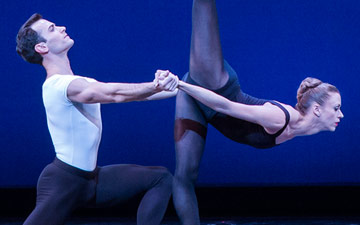


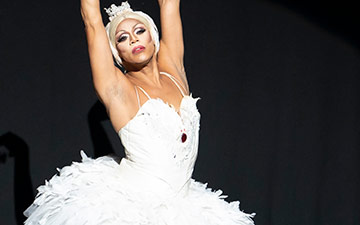
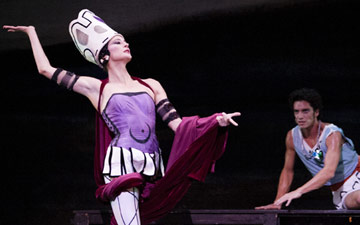
You must be logged in to post a comment.